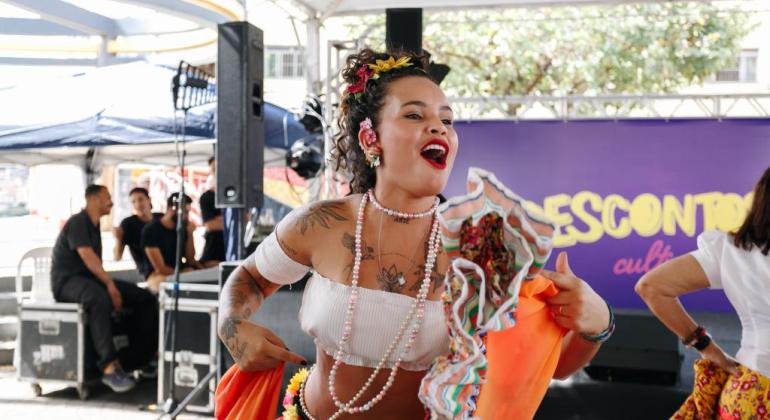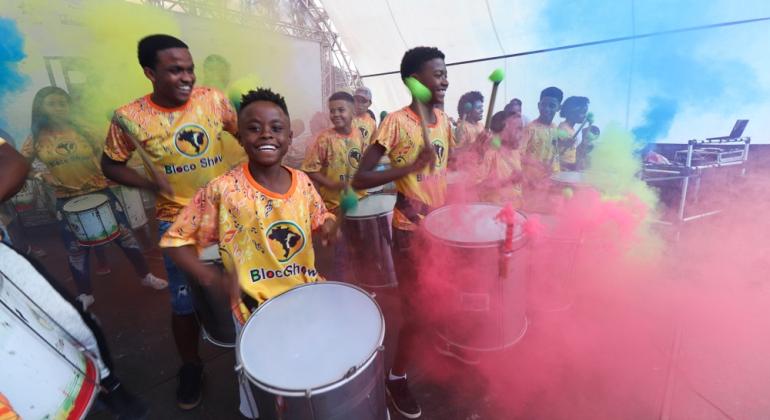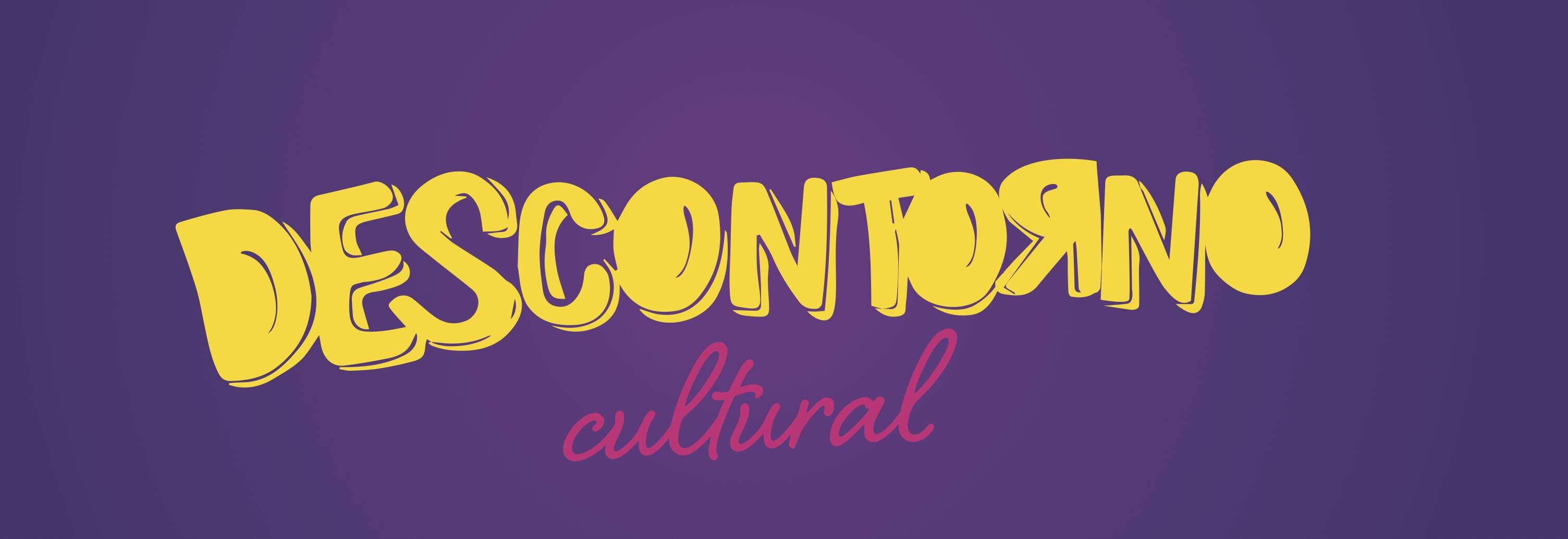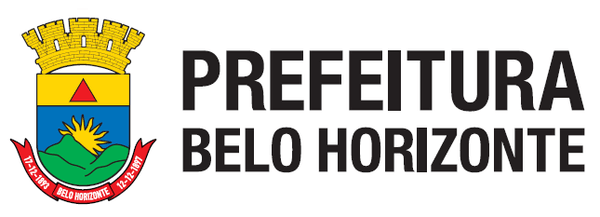Status
ongoing
50%
City
Belo Horizonte
Main actors
City Government
Project area
Whole City/Administrative Region
Duration
Ongoing since 2013
Descontorno Cultural seeks to promote and give visibility to the work of cultural agents and artists who work on the peripheries of the city and are a reference in their territories, in addition to celebrating the actions carried out throughout the year in the Municipal Public Cultural Centers of Belo Horizonte. The event happens twice a year, in 17 Cultural Spaces scattered throughout the city, outside of the central region. Local artists are encouraged to apply to take part in Descontorno Cultural in one of the following categories:
- Music
- Performing Arts
- Visual and Audiovisual Arts
- Literature and promotion of books, reading and writing
- Popular and Traditional Cultures
- Urban Popular Cultures
- Actions aimed at children
On Map
The Map will be displayed after accepting cookie policy




